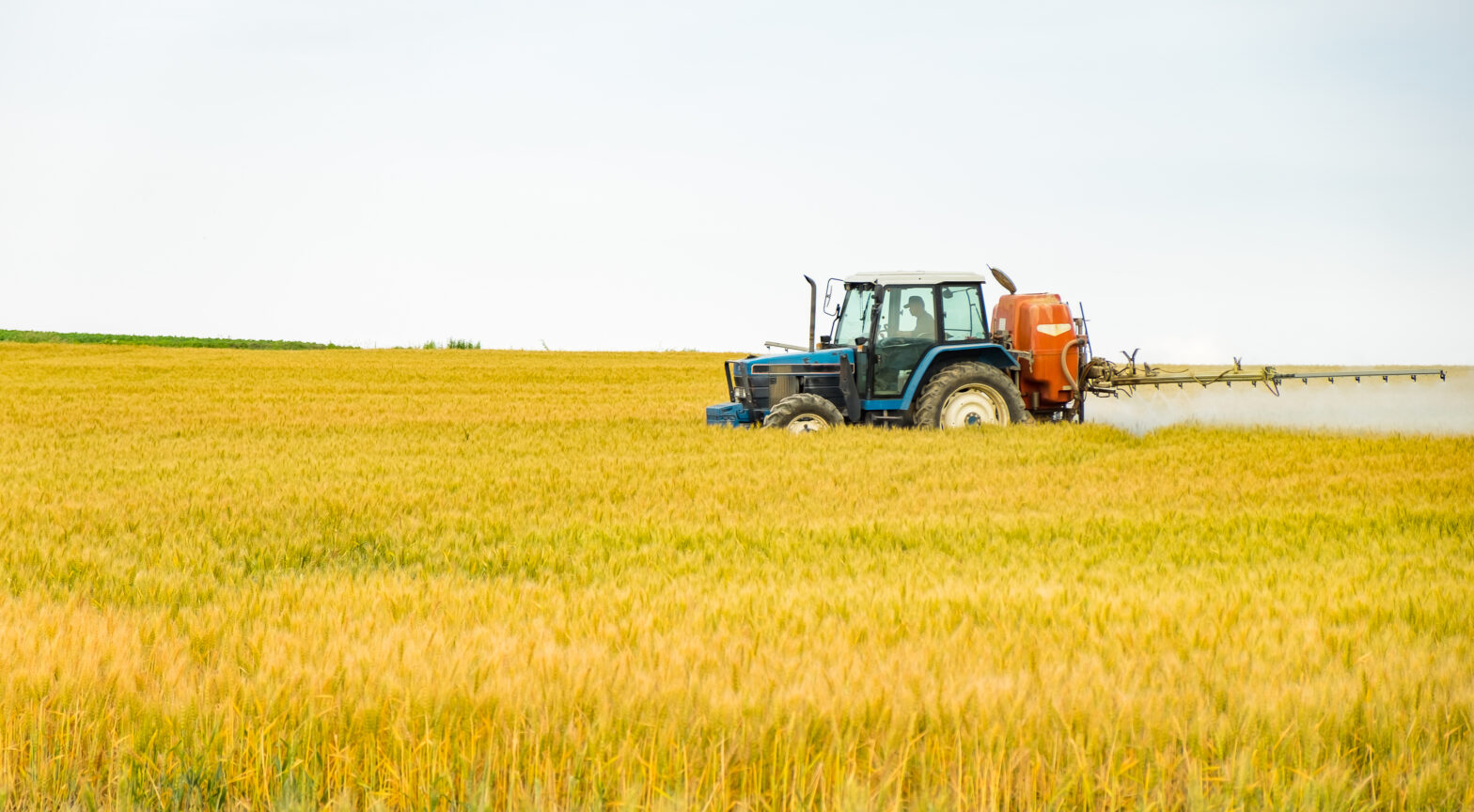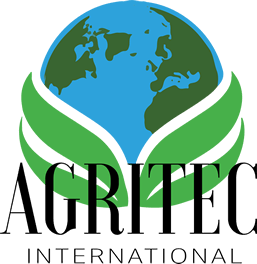Liquid Calcium: Advanced Application Techniques
The agricultural landscape is continuously evolving, with new technologies and methodologies emerging to improve crop yield, enhance soil health, and reduce environmental footprints. Liquid calcium stands out among these innovations as a pivotal tool for amending soil pH and providing essential nutrients to plants. However, like with any product you apply to your crops, the key to harnessing the full potential of liquid calcium products lies in the adoption of advanced application techniques. This blog post delves into such strategies, focusing on timing with crop growth stages, split applications, and the integration with precision agriculture technologies.
Understanding the Role of Liquid Calcium in Agriculture
While we have covered this point a fair number of times in our blog posts, it’s crucial to understand why liquid calcium is so beneficial for crops and soil health before exploring advanced application techniques. Liquid calcium, primarily in the form of calcium chelate, greatly aids your soil by correcting pH levels, improving the availability of essential nutrients, and enhancing plant cell wall strength and stress tolerance. Its liquid form allows for more precise application and faster soil integration than traditional lime.

Timing with Crop Growth Stages
The timing of liquid calcium applications is important to consider and should be aligned with specific crop growth stages to maximize benefits. The solubility of liquid calcium makes absorption into the plant far faster than it would be with granular products. Still, different stages require different approaches to application because of how the plant’s needs evolve throughout its lifetime:
- Seedling Stage: Early application during this stage can bolster root development and plant structure, setting a strong foundation for growth.
- Vegetative Growth Stage: Applying liquid calcium during this stage supports rapid leaf and stem development by ensuring adequate calcium availability for new tissues.
- Flowering and Fruit Setting Stage: This critical phase benefits from calcium to improve flower formation and fruit set, enhancing yield quality and quantity.
The Art of Split Applications
In case you are unfamiliar with this term, a “split application” refers to a particular process that involves applying smaller quantities of a product to a plant over multiple stages of plant growth, as opposed to doing it all at one time. Doing a split application of liquid calcium can significantly improve its efficiency by matching the plant’s nutrient uptake curve more closely. Here are some tips if this application method sounds like something you’d want to try for yourself:
- Start Small: Begin with a lighter application at planting or during early growth stages.
- Incremental Increases: Gradually increase the application rate as the crop progresses through its growth stages, tailoring the dose to the specific needs of the plant at each stage.
- Tailor to Specific Crop Types: The strategy and timing of split applications can vary based on the type of crop, soil conditions, and the specific growth requirements of each plant species.
Precision Agriculture Integration
Precision agriculture is a modern, technologically-advanced farming process that integrates GPS and automatic-steering technology to help farmers achieve exact results. Integrating liquid calcium applications with precision agriculture technologies can greatly improve crop yields and transform how nutrients are managed on the farm:
- Soil Mapping: Utilizing GPS technology and soil sampling data, farmers can create detailed soil maps that identify variability in soil pH and nutrient levels across their fields.
- Variable Rate Technology (VRT): With VRT equipment, farmers can apply liquid calcium at variable rates across a field, targeting specific areas that require more or less amendment, based on real-time data and soil maps.
- Monitoring and Adjusting: Advanced sensors and drones can monitor crop health and stress indicators, allowing for dynamic adjustments in liquid calcium application rates and timing throughout the growing season.
Case Studies and Practical Insights
Illustrating the effectiveness of these advanced techniques, several case studies highlight significant improvements in crop yield, soil health, and environmental sustainability. For example, a Midwest corn farm implemented split applications of liquid calcium in conjunction with soil mapping and VRT, resulting in a 15% yield increase and enhanced soil pH uniformity across their fields.
Conclusion
Maximizing the efficacy of liquid calcium requires a multifaceted approach that combines strategic timing, split applications, and the integration of precision agriculture technologies. By adopting these advanced techniques, farmers can ensure that their crops receive the right amount of calcium at the optimal time, leading to improved plant health, higher yields, and more sustainable farming practices. The future of agriculture depends on our ability to innovate and apply these sophisticated strategies, ensuring that we meet the growing demands for food production while preserving the health of our planet’s soil and ecosystems.


